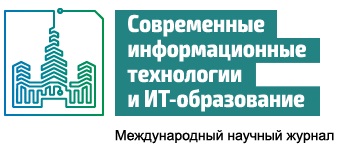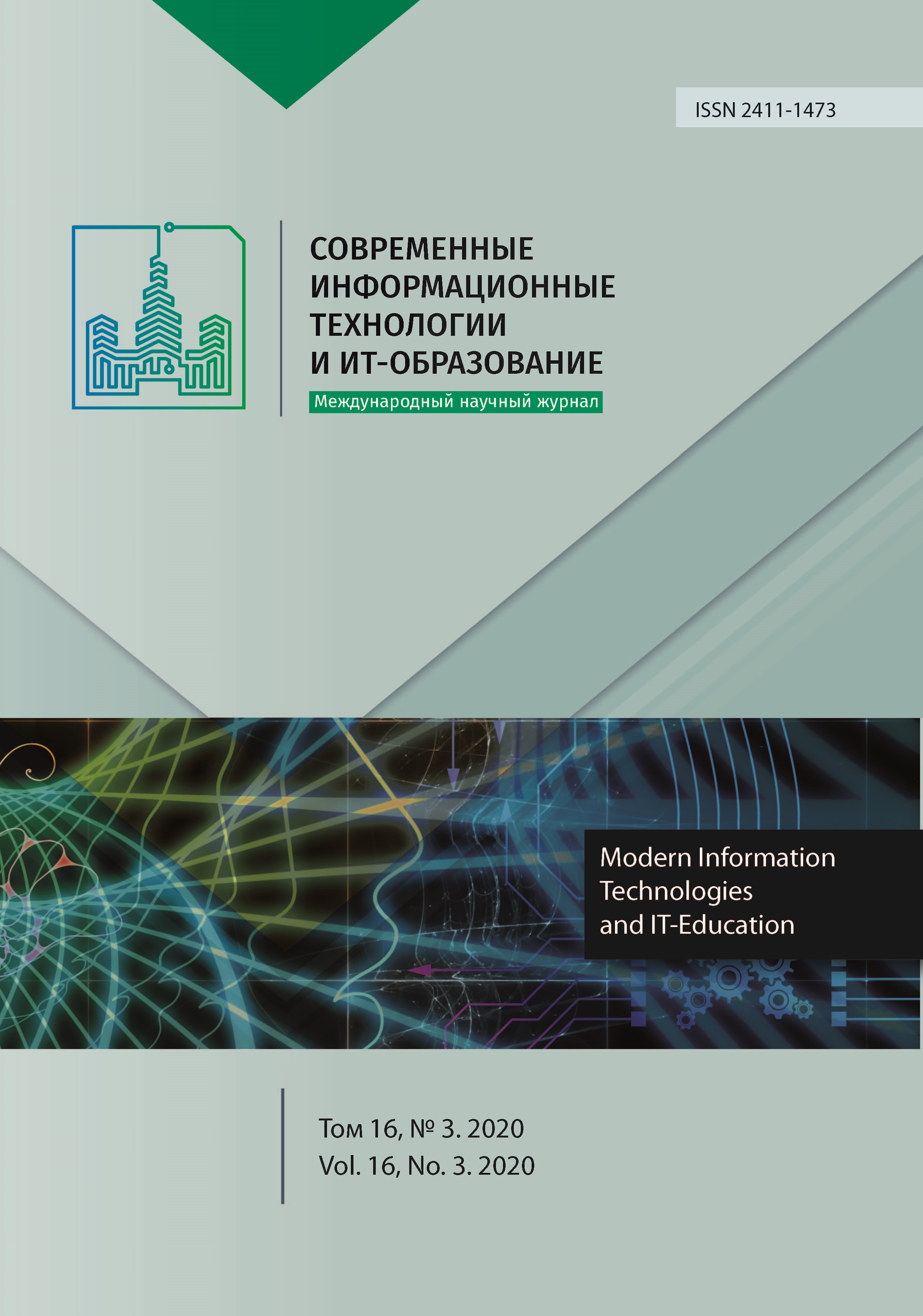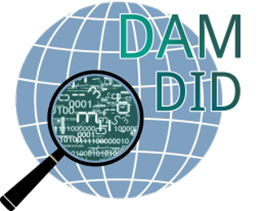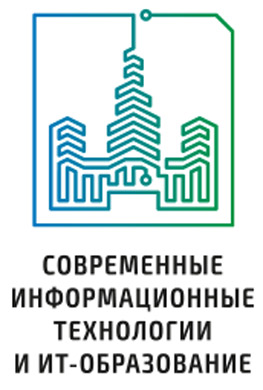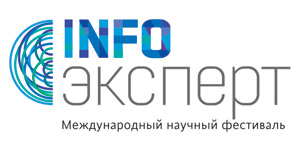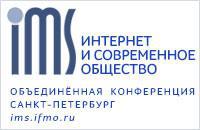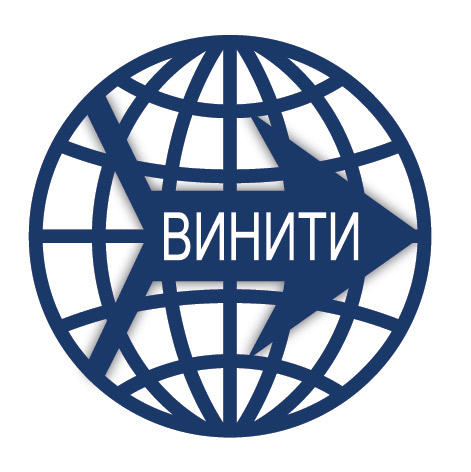Технология обеспечения достоверности информации при проведении сетевых экспертиз
Аннотация
В статье показана актуальность совершенствования процедур сбора и обработки информации в интересах поддержки принятия решений на основе единой программной платформы сетевых экспертиз, приоритетом которого является обеспечение достоверности информации в защищенной от несанкционированного доступа платформе сетевых экспертиз вариантов решений, функционирующей в системах с ограниченными вычислительными мощностями с заданной отказоустойчивостью сети обработки информации.
Обоснована целесообразность решения поставленной задачи с использованием децентрализованной блокчейн-технологии управления доступом к информации, обеспечивающей создание защищенной распределенной базы данных участников и организаторов сетевой экспертизы, обеспечивающей отслеживание, проверку и выполнение операций-транзакции с децентрализованным распределенным хранением информации и установкой меток времени по всем совершенным транзакциям.
Предложена архитектура единой системы проведения сетевой экспертизы и хранения данных об экспертах, состоящая из технологических уровней, взаимодействующих в течение всей экспертизы для обеспечения криптографически безопасного голосования экспертов в среде с проверяемыми доказательствами. За счёт того, что копии блокчейн хранятся в узлах распределенной сети, платформа является устойчивой к проблемам с временным или постоянным отключением узлов, связанным со сбоями оборудования или связи, а также подключением новых узлов. За счет интеграции технологии блокчейн с технологией Docker-контейнеров платформа может быть объединена в единый блок и затем легко развернута в необходимых средах с возможностью масштабирования. Выполняемые операции, собранные в блоки, сортируются в хронологическом порядке, позволяя участникам сетевой экспертизы получать достоверную информацию по всем изменениям истории, произошедшей в сети. Результатом являются не подлежащие отмене транзакции, согласованные всеми участниками экспертизы децентрализовано.
Предлагаемая технология позволяет обеспечить требуемую достоверность информации при проведении сетевых экспертиз вариантов решений в системах с ограниченными вычислительными мощностями с заданной отказоустойчивостью.
Литература
[2] Brinckman A. et al. A Comparative Evaluation of Blockchain Systems for Application Sharing Using Containers. In: 2017 IEEE 13th International Conference on e-Science (e-Science). Auckland, New Zealand; 2017. p. 490-497. (In Eng.) DOI: https://doi.org/10.1109/eScience.2017.80
[3] Fedorov M.V., Kalinin K.M., Bogomolov A.V., Stetsyuk A.N. Mathematical model of automated monitoring the implementation of activities in the organs of military command and control. Informatsionno-izmeritelnye i upravlyayushchie sistemy = Information-measuring and Control Systems. 2011; 9(5):46-54. Available at: https://elibrary.ru/item.asp?id=16313311 (accessed 26.07.2020). (In Russ., abstract in Eng.)
[4] Bogomolov A.V., Chuykov D.S., Zaporozhskiy Yu.A. Means of ensuring information security in modern automated systems. Informacionnye Tehnologii = Information Technologies. 2003; (1):2-8. (In Russ.)
[5] Gubanov D.A., Korgin N.A., Novikov D.A., Raykov A.N. Setevaja jekspertiza [Network Expertise]. Egves, Moscow; 2010. Available at: https://elibrary.ru/item.asp?id=25312607 (accessed 26.07.2020). (In Russ.)
[6] Sultan S., Ahmad I., Dimitriou T. Container Security: Issues, Challenges, and the Road Ahead. IEEE Access. 2019; 7:52976-52996. (In Eng.) DOI: https://doi.org/10.1109/ACCESS.2019.2911732
[7] Belotti M., Božić N., Pujolle G., Secci S. A Vademecum on Blockchain Technologies: When, Which, and How. IEEE Communications Surveys & Tutorials. 2019; 21(4):3796-3838. (In Eng.) DOI: https://doi.org/10.1109/COMST.2019.2928178
[8] Bogomolov A.V., Klimov R.S. Automation of information processing during collective network examinations. Avtomatizatsiya. Sovremennyye Tekhnologii. 2017; 71(11):509-512. (In Russ., abstract in Eng.)
[9] Hang L., Kim D.-H. Design and Implementation of an Integrated IoT Blockchain Platform for Sensing Data Integrity. Sensors. 2019; 19(10):2228. (In Eng.) DOI: https://doi.org/10.3390/s19102228
[10] Namiot D., Kupriyanovsky V., Zubareva E. HyperCat – the structure and use cases. CEUR Workshop Proceedings. 2016; 1763:208-213. Available at: http://ceur-ws.org/Vol-1763/paper25.pdf (accessed 26.07.2020). (In Russ., abstract in Eng.)
[11] Genkin A.S., Mikheyev A.A. Blokcheyn. Kak rabotayet i chto zhdet nas zavtra [Blockchain How it works and what awaits us tomorrow]. Moscow, Alpina Publisher LLC; 2018. (In Russ.)
[12] Konstantinov N.E., Gorodnichev M.G., Gematudinov R.A. Blockchain as an IоT development platform. T-Comm: Телекоммуникации и транспорт. 2018; 12(9):63-68. (In Eng.) DOI: https://doi.org/10.24411/2072-8735-2018-10147
[13] Krutova A.V., Pestereva T.A., Povarnitsyna V.S. Perspektivy primeneniya tekhnologii blokcheyn v gosudarstvennoy sfere v Rossiyskoy Federatsii [Prospects for the application of blockchain technology in the public sphere in the Russian Federation]. Innovatsionnoye razvitiye ekonomiki: tendentsii i perspektivy = Innovative Development of the Economy: Trends and Prospects. 2018; 1:227-232. Available at: https://elibrary.ru/item.asp?id=36435786 (accessed 26.07.2020). (In Russ.)
[14] Sizonenko A.B., Bulgakov O.M., Klyuev S.G. Model of Protected Tracking Subsystem of Records System Based on Blokchein Technology. Modelirovaniye, optimizatsiya i informatsionnyye tekhnologii = Modeling, Optimization and Information Technology. 2018; 6(2):293-300. Available at: https://elibrary.ru/item.asp?id=35378195 (accessed 26.07.2020). (In Russ., abstract in Eng.)
[15] Zheng W., Zheng Z., Chen X., Dai K., Li P., Chen R. NutBaaS: A Blockchain-as-a-Service Platform. IEEE Access. 2019; 7:134422-134433. (In Eng.) DOI: https://doi.org/10.1109/ACCESS.2019.2941905
[16] Radyukova Ya.Yu., Kolesnichenko E.A., Epifanova S.O. Blockcheen: Development Prospects and Implementation Challenges. Izvestiya Yugo-Zapadnogo gosudarstvennogo universiteta = Proceedings of Southwest State University. 2018; (3):120-127. (In Russ., abstract in Eng.) DOI: https://doi.org/10.21869/2223-1560-2018-22-3-120-127
[17] Golosovskiy M.S. Model' zhiznennogo cikla razrabotki programmnogo obespechenija v ramkah nauchno-issledovatel'skih rabot [Life cycle model of the software development within scientifically-research works]. Avtomatizatsiya. Sovremennye tekhnologii = Automation. Modern technologies. 2014; (1):43-46. Available at: https://elibrary.ru/item.asp?id=21077730 (accessed 26.07.2020). (In Russ., abstract in Eng.)
[18] Sukhomlin V.A., Zubareva E.V., Yakushin A.V. Metodologicheskie aspekty koncepcii cifrovyh navykov [Methodological aspects of the Digital Skills Concept]. Sovremennye informacionnye tehnologii i IT-obrazovanie = Modern Information Technologies and IT-Education. 2017; 13(2):146-152. (In Russ., abstract in Eng.) DOI: https://doi.org/10.25559/SITITO.2017.2.253
[19] Lei K., Du M., Huang J., Jin T. Groupchain: Towards a Scalable Public Blockchain in Fog Computing of IoT Services Computing. IEEE Transactions on Services Computing. 2020; 13(2):252-262. (In Eng.) DOI: https://doi.org/10.1109/TSC.2019.2949801
[20] Kwon S., Lee J. DIVDS: Docker Image Vulnerability Diagnostic System. IEEE Access. 2020; 8:42666-42673. (In Eng.) DOI: https://doi.org/10.1109/ACCESS.2020.2976874
[21] Larkin E.V., Privalov A.N., Bogomolov A.V. Discrete Approach to Simulating Synchronized Relay Races. Automatic Documentation and Mathematical Linguistics. 2020; 54(1):43-51. (In Eng.) DOI: https://doi.org/10.3103/S0005105520010082
[22] Larkin E.V., Bogomolov A.V., Privalov A.N., Dobrovolsky N.N. Discrete Model of Paired Relay-Race. Vestnik Yuzhno-Ural'skogo gosudarstvennogo universiteta. Seriya: Matematicheskoye modelirovaniye i programmirovaniye = Bulletin of the South Ural State University. Series: Mathematical Modelling, Programming and Computer Software. 2018; 11(3):72-84. (In Eng.) DOI: https://doi.org/10.14529/mmp180306
[23] Larkin E.V., Bogomolov A.V., Privalov A.N., Dobrovolsky N.N. Relay Races Along a Pair of Selectable. Vestnik Yuzhno-Ural'skogo gosudarstvennogo universiteta. Seriya: Matematicheskoye modelirovaniye i programmirovaniye = Bulletin of the South Ural State University. Series: Mathematical Modelling, Programming and Computer Software. 2018; 11(1):15-26. (In Eng.) DOI: https://doi.org/10.14529/mmp180102
[24] Sokolov I.A., Sukhomlin V.A., Zubareva E.V., Namiot D.E. Support Platform for Researches and Training of Scientific Personnel of the Faculty of Computational Mathematics and Cybernetics of Lomonosov Moscow State University. Sovremennye informacionnye tehnologii i IT-obrazovanie = Modern Information Technologies and IT-Education. 2019; 15(2):456-467. (In Russ., abstract in Eng.) DOI: https://doi.org/10.25559/SITITO.15.201902.456-467
[25] Semenov A.V., Sukhanov D.V. Blockchain as an Information Security Tool. Teoriya i praktika sovremennoy nauki = Theory and Practice of Modern Science. 2018; (6):596-598. Available at: https://elibrary.ru/item.asp?id=35691425 (accessed 26.07.2020). (In Russ., abstract in Eng.)

Это произведение доступно по лицензии Creative Commons «Attribution» («Атрибуция») 4.0 Всемирная.
Редакционная политика журнала основывается на традиционных этических принципах российской научной периодики и строится с учетом этических норм работы редакторов и издателей, закрепленных в Кодексе поведения и руководящих принципах наилучшей практики для редактора журнала (Code of Conduct and Best Practice Guidelines for Journal Editors) и Кодексе поведения для издателя журнала (Code of Conduct for Journal Publishers), разработанных Комитетом по публикационной этике - Committee on Publication Ethics (COPE). В процессе издательской деятельности редколлегия журнала руководствуется международными правилами охраны авторского права, нормами действующего законодательства РФ, международными издательскими стандартами и обязательной ссылке на первоисточник.
Журнал позволяет авторам сохранять авторское право без ограничений. Журнал позволяет авторам сохранить права на публикацию без ограничений.
Издательская политика в области авторского права и архивирования определяются «зеленым цветом» в базе данных SHERPA/RoMEO.
Все статьи распространяются на условиях лицензии Creative Commons «Attribution» («Атрибуция») 4.0 Всемирная, которая позволяет другим использовать, распространять, дополнять эту работу с обязательной ссылкой на оригинальную работу и публикацию в этом журналe.
